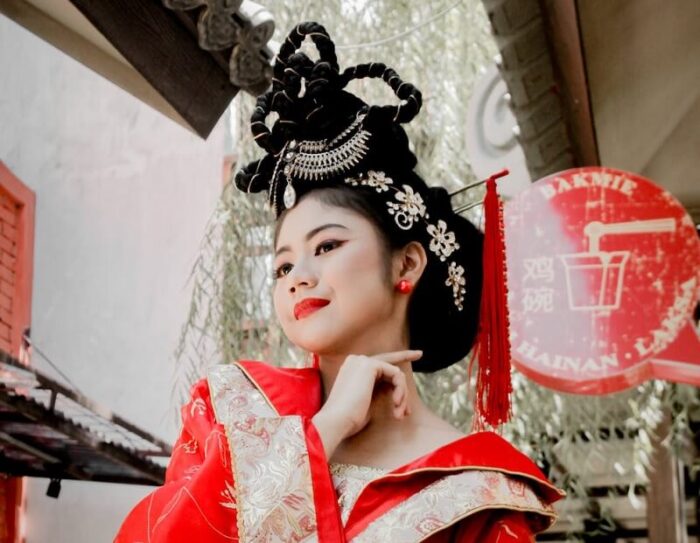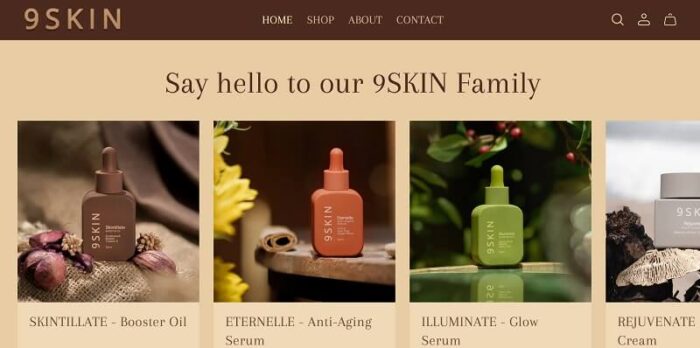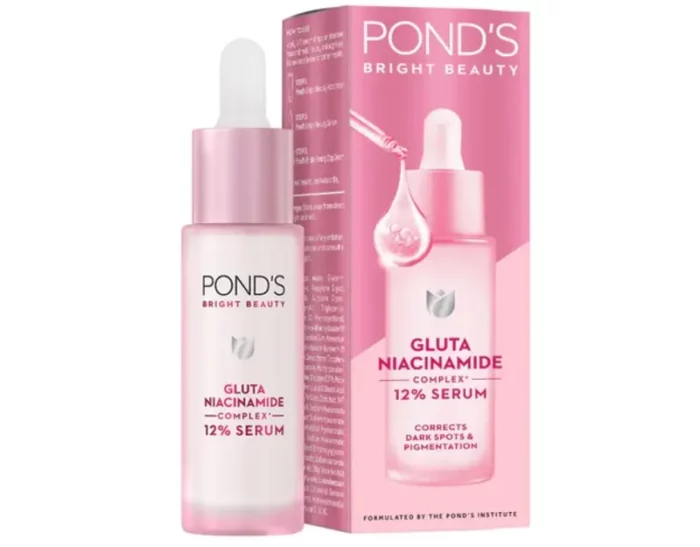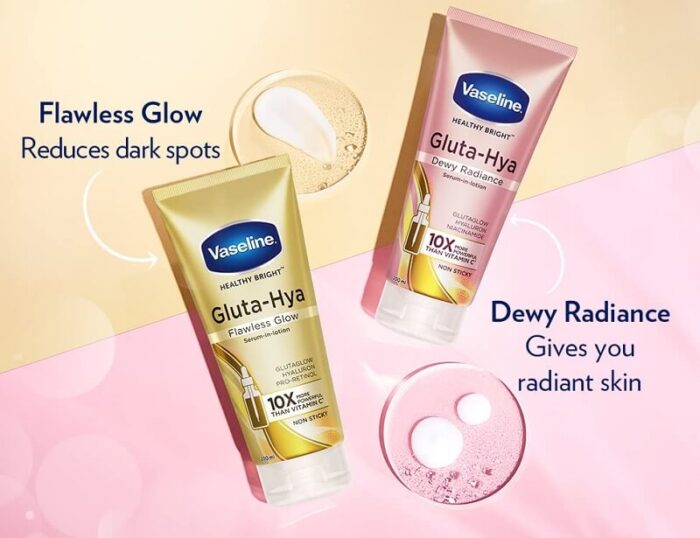Kyoto, cherry blossoms, anime, bento boxes what else symbolizes Japan for us? Geisha!
They embody Japan in its purest form. With their poise and talents, they personify Japanese culture.
If you’ve never heard of them, this post is for you!
Table of Contents
What Do Geisha’s Do?
Geishas are entertainers, hostesses, and artists. To foreigners, they are the essence of Japanese culture. They are trained in various forms of entertainment, such as singing, dancing, calligraphy, and Japanese culture.
The word Geisha may be broken down into ‘Gei’ -Art/Entertainment and ‘Sha’- Person, which translates to someone who performs the arts or entertains. They wear magnificent traditional kimonos with red collars and a white painted face, and know everything under the sun, from your next-door neighbor to the solar system (that might be a little exaggeration).
They go by different names in different parts of Japan. Geiko in Kyoto, while Geigi in Niigata and Kanazawa.
Becoming Geisha
You can’t just dress up in white paint and call yourself a geisha, you know.
Geishas are highly skilled performers who have spent years honing their craft. To become a proper geisha, they go through training years to learn diverse skills such as dance, singing, playing traditional instruments, cultural skills, eloquence and so much more.
They are referred to as Maiko while under training. Maiko is trained by an Okaasan (mother) who runs the okiya. These okiya’s are present in hanamachi, or flower towns, which are reserved for geishas.
They begin learning at a young age and finish their education around the age of 20. They then ‘graduate’ as geisha through a formal ceremony “Erikae” in which they wear their red collared kimono and wig. A geisha may choose to leave the okiya after training or remain. After retirement, a geisha may become the next Okaasan, in charge of training the younger Meiko’s.
Geisha History
Around the 13th century in Japan, male geisha known as Taikomochi appeared, whose function was to advise and entertain the Nobles. Around the 17th century, they become storytellers.
Women began to outnumber men as performers in the latter half of the 18th century. In addition, they were more popular than men Taikomochi. Their distinctive make-up, dancing, and demureness distinguished them from courtesans and prostitutes.
They started painting their faces white since they appeared brighter in the dim lighting. Their faces resembled porcelain, and their lips resembled lacquerware, which was preferred by the nobility.
Do Geishas still exist?
Following WWII, the number of geishas declined. They changed jobs and began working in tea shops, restaurants, and other establishments. Now only a fraction of the once-popular Geishas works in Japan.
There are roughly less than 1000 Geisha now in Japan. Most of them live in Okiyo, Kyoto, and are legally required to register themselves as one. They mostly exist as an important part of the tourism industry to keep the culture of the country intact and are nothing like the old age Geisha’s.
Traditional Vs Modern Geisha Makeup
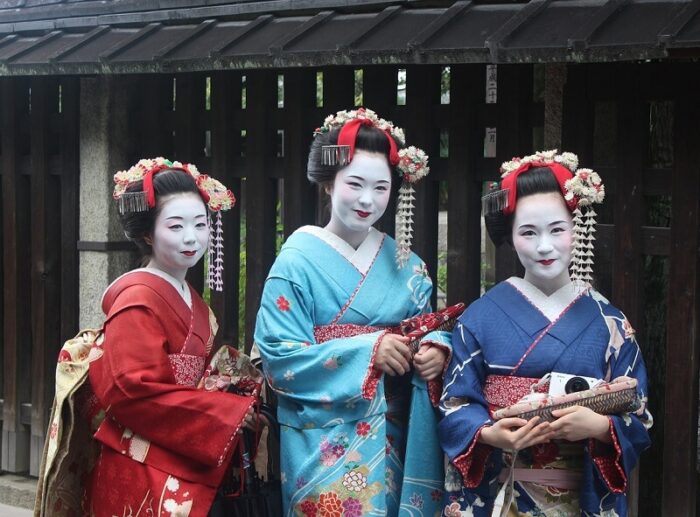
Let’s have a look at the Geisha Makeup!
Remember, we’re talking about a time when makeup wasn’t as easy as it is now. That look was achieved without the use of any modern-day makeup or lipstick. So, what would these folks do? Maybe paint? Or what about kitchen ingredients? Perhaps some flowers?
Yes, yes, and yes! That’s exactly what they did to achieve the geisha appearance. As a result, their makeup contained elements such as safflower, rice powder, and lead, among others.
Bintsuke – The Protective Base
The first step Is to apply “Bintsuke,” which is a type of wax that acts as a barrier between the skin and the cosmetics. Bintsuke simplified makeup removal by requiring only oil to melt the makeup. Bintsuke also serves as a primer.
Go for a smooth silicone-based primer to blur out pores and give you that flawless smooth base.
Oshiroi – The White Face Powder
Then there’s Oshiroi, the white face powder. It used to be made of lead, zinc, and seashells. However, it is now largely made of rice powder, talc, and other minerals, which are then blended with water to form a thick paste. This paste is applied with a flat brush, then with a sponge to smooth out the texture. It is applied on the face and neck.
To achieve the white look, go for a white foundation paste. Professionnel Grade, Non-Toxic white paint that is made for face and body painting is relatively easily available in various online stores.
Beni – Crimson The Lips & Cheeks
Beni is used on the eyes, lips, and brows. Beni is a crimson powder made from crushed safflower petals. When mixed with water, it produces a deep red color.
Beni is not used all over the lips by geisha, but rather to create a flower bud effect. Maiko, on the other hand, simply colors their lower lip.
The red Beni is also used to sculpt the outside corner of the eye. It is also used to create a subtle pink contour on the cheeks and nose.
Instead of going the traditional route, you may simply use deep red lipstick and red liner to color your lips and eyes for the Modern Geisha Makeup Look.
Charcoal Black – Striking Eye Makeup
To achieve a delicate effect, the eyebrows are painted crimson and then black. Black used to be made from charcoal, but now liners and other cosmetics do the work. Some people also shave their brows to make it easier to apply makeup.
The hair is brushed with wax to keep it in place. And the teeth are colored black in some districts by Maiko.
Bottom Line
White, porcelain-like skin is still desired. Geisha culture continues to have an impact on Japanese perceptions of beauty. They also represent the Japanese culture through all its glory.
If you happen to go to Japan then make sure to visit Geishas.
Written By Sejal

Sejal Jain is a passionate beauty content creator at TheBeautyInsideout. She believes that skincare is not just a superficial thing but more like an expression of self-love and respect for your body and yourself.
